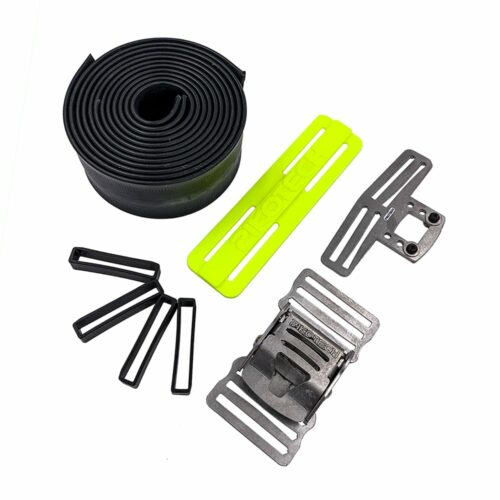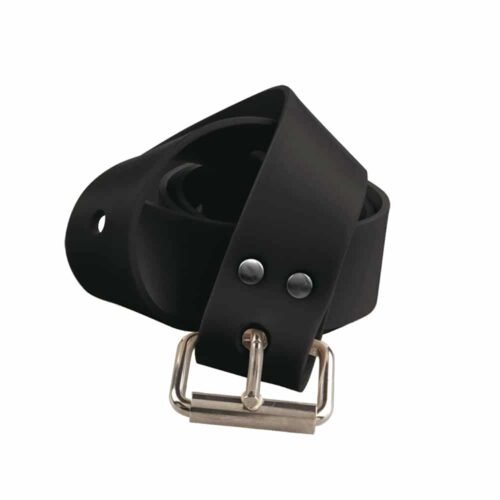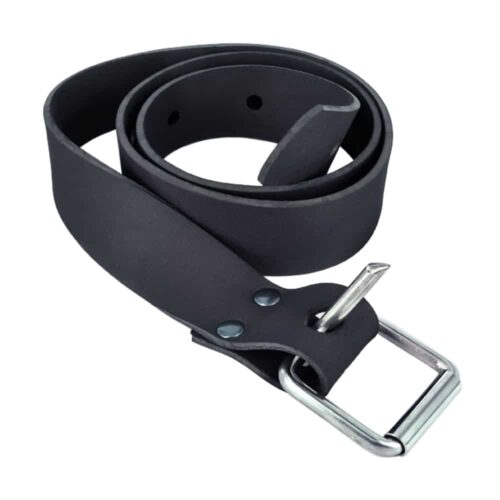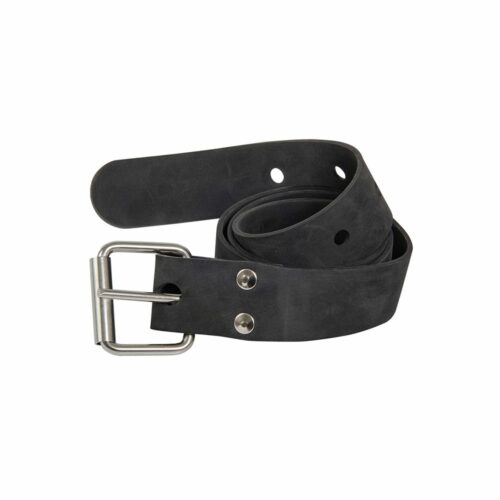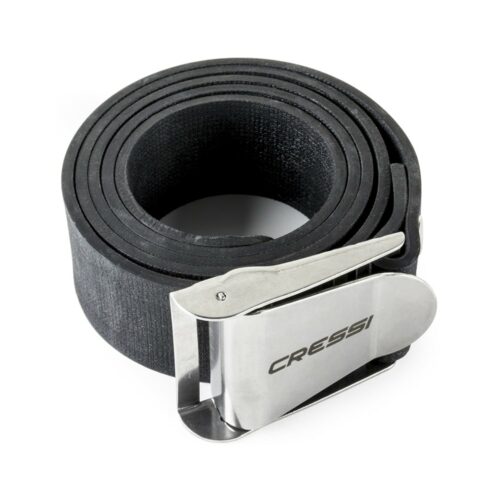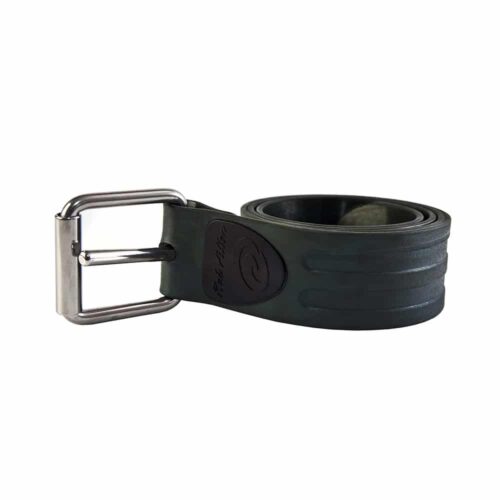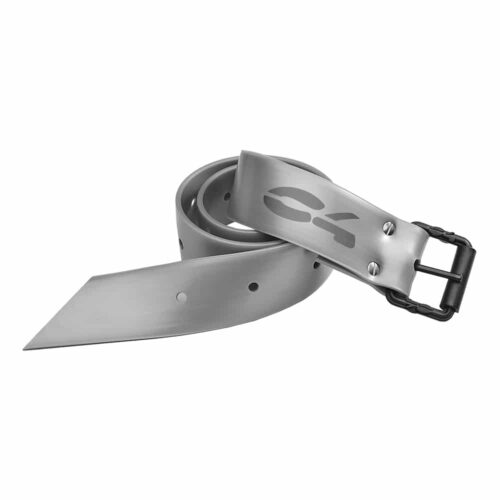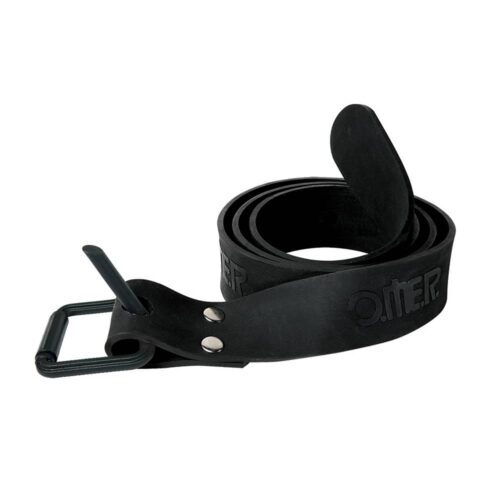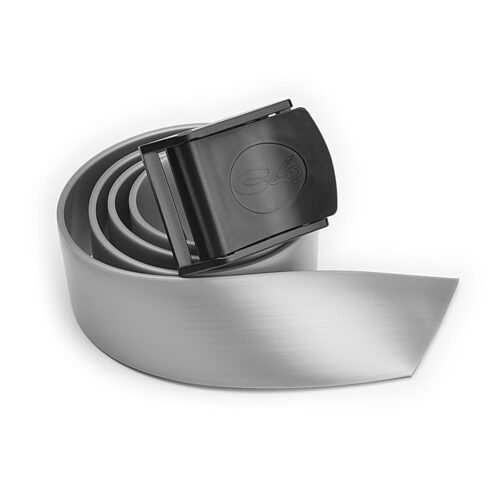Choosing the right ballast belt for freediving or spearfishing is critical to ensuring an optimal experience during your sea trips or pool workouts.
But which belt is best for you? In this article, we will explore the characteristics of belts available on the market today.
Whether you are looking for a quick release belt, a marseille belt, a cintura for freediving o spearfishing, we will offer suggestions and advice to help you make an informed decision.
WHY A BALLAST BELT IS NEEDED
The ballast belt is one of the most important accessories for fishermen and freedivers, as it serves to house the ballast intended to compensate for the buoyancy buoyancy of the diver and his equipment. The wetsuit's neoprene, depending on its thickness, carries significant buoyancy; without a ballast belt, it would be difficult to overcome its positive buoyancy and freedive without difficulty.
MATERIAL AND BELT BUCKLE
When choosing a ballast belt there are several factors to consider in order to make the right choice. Here are some of the main factors to consider:
Material
Freediving and spearfishing belts must be strictly elastic. Belts made of nonelastic materials are not recommended for freediving and fishing, and are intended for other disciplines such as scuba diving.
Elastic ballast belts are mainly made of 3 materials: rubber, high-density neoprene or silicone.
Using these materials, and also acting on the thickness or shore hardness, belts with different elastic responses are produced to suit the needs of each freediver or fisherman, thus ensuring an appropriate experience for all conditions and diving styles.
Locking system
Ballast belts can have different fastening systems, such as plastic buckles, stainless steel buckles, Marseilles-type buckles or quick release systems.
The closure system should be secure and easy to use, allowing the belt to be easily adjusted while conducting water activities.
THE MARSEILLAISE BELT
Marseilles-type buckle belts deserve special focus. This type of belt has become the most popular among spearfishers and freedivers because of its reliability and safety.
The Marseille belt has a buckle that at first glance might look like that of a regular trouser belt, but it has two key features:
- The buckle has a roller (or cylinder) whose function is to slide the elastic belt through the buckle, freeing it from friction.
- That of presenting the locking pin in the forced open position.
This allows Marseille belts to ward off accidental buckle openings, which are common in other belts, and at the same time ensures a free and extremely fast opening when the user decides to "unbuckle" the belt.
Once released, the buckle pin remains in the open position, allowing the belt to pass freely through the buckle.
The Marseille belt is the safest belt model on the market, thanks to its quick release and reliability. But in order for the quick release not to be compromised by improper use, a trick must be taken: the Marseille belt must be cut to size by the user!
Belts are sold in a standard length that can cover higher waist circumferences, and the'user is supposed to cut off the excess belt he/she does not need. This is often overlooked, however, and many freedivers or fishermen are wont to twist the excess around the belt itself, effectively compromising the quick release of the belt.
Our advice is to load the belt with the maximum number of sinkers we will want to use, put it on, and then cut off the excess, taking care to leave a portion of the belt (beyond the buckle) that has at least two holes in it. This will allow you to have, beyond the buckle, a small piece of the belt, which, if necessary, can be "grabbed" and simply pulled outward to trigger the quick release of the belt.
Marseille belts are usually constructed of thicker rubber that is better able to support the ballast load. They also have a controlled elasticity that ensures that the belt, if properly positioned, will not move along the freediver's torso during descent and ascent.
If you have never used a Marseille belt this is the time to try it!
BALLAST BELT MAINTENANCE
To ensure the long life and optimal performance of your elastic belt, it is important to take proper care of it. Here are some useful tips for maintaining your ballast belt:
- Rinse with fresh water: After each dive, rinse the belt with fresh water to remove salt, sand or other residue. This will help prevent long-term damage or corrosion.
- Drying: Be sure to dry the belt completely before storing it. Avoid leaving it in a damp place or exposed to direct sunlight, as this may affect its durability.
- Regularly inspects: Inspect the belt regularly for signs of wear, damage or deformation. If any problems occur, replace the belt without delay to ensure your safety under'water.
IN CONCLUSION
Investing in a quality belt is an important step toward a better diving experience. A high-quality ballast belt will ensure your safety and be extremely durable.




